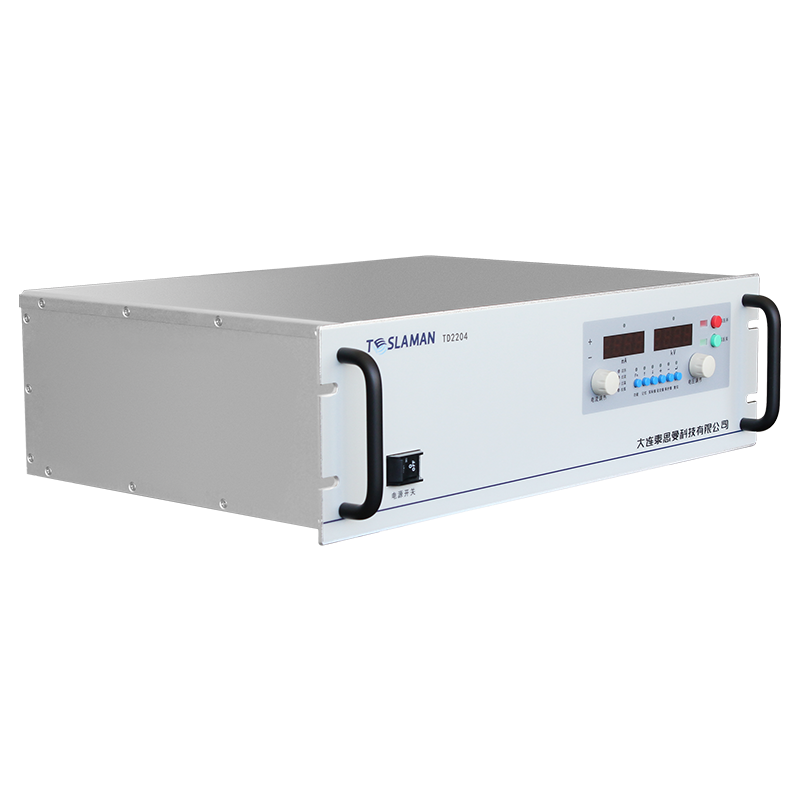The Key Role and Technical Challenges of High Voltage Pulsed Power Supplies in Electromagnetic Pulse Weapon Testing
I. Introduction
With the advancement of technology, electromagnetic pulse weapons, as a new type of tactical weapon, have become increasingly significant strategically. Electromagnetic pulse weapons cause damage or interference to enemy electronic equipment and systems by generating high-energy electromagnetic pulses. In the research and development process of electromagnetic pulse weapons, high voltage pulsed power supplies, as one of the core components, play a decisive role in the performance and effectiveness of the weapons. This article will explore from a professional perspective the key role of high voltage pulsed power supplies in electromagnetic pulse weapon testing and the technical challenges they face.
II. The Key Role of High Voltage Pulsed Power Supplies
1. Provide high-energy pulse output: High voltage pulsed power supplies can generate high-voltage, large-current pulse signals, providing the required high-energy pulse output for electromagnetic pulse weapons. This is of great significance for simulating actual combat environments with electromagnetic pulse attacks.
2. Accurately control pulse parameters: High voltage pulsed power supplies can accurately control pulse width, amplitude, frequency, and other parameters to meet different test requirements. This helps to accurately evaluate the performance and effectiveness of electromagnetic pulse weapons.
3. Ensure stable operation of the weapon system: As an important component of electromagnetic pulse weapons, the stability and reliability of high voltage pulsed power supplies are directly related to the operation of the entire weapon system. During the testing process, high voltage pulsed power supplies need to withstand various extreme conditions to ensure the stable operation of the weapon system.
III. Technical Challenges
1. High voltage insulation technology: Due to the extremely high voltages generated by high voltage pulsed power supplies, the requirements for insulating materials are also correspondingly increased. How to choose suitable insulating materials and design reasonable insulation structures to withstand high voltage impacts is an important challenge in the research and development process of high voltage pulsed power supplies.
2. Large current conduction technology: When generating large current pulses, how to effectively conduct and avoid local overheating problems caused by current concentration is another key technology that needs to be solved. This requires power supply designers to possess profound knowledge and practical experience in electrical engineering.




















